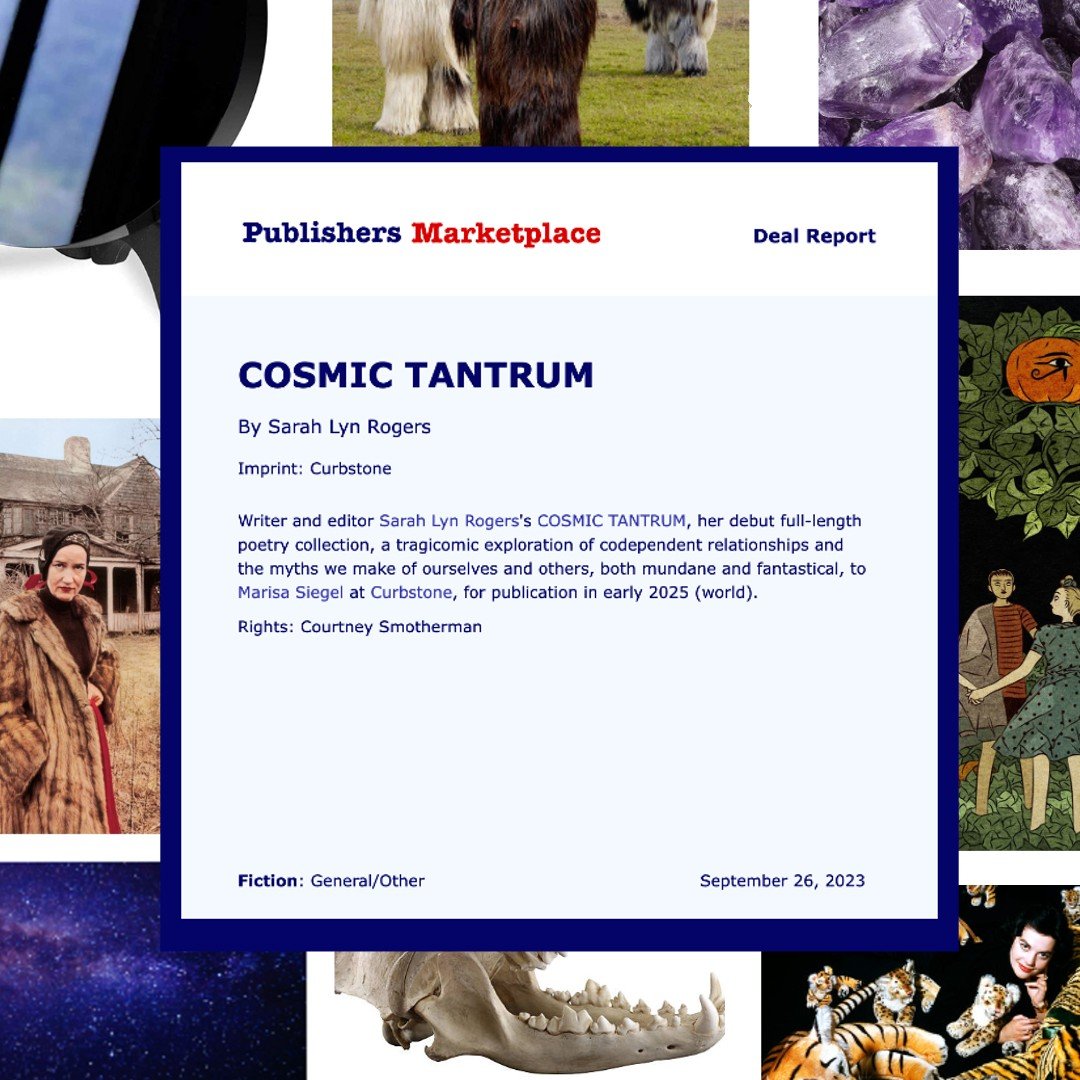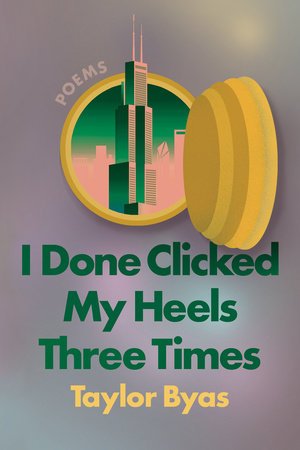May newsletter: Containers for abandon
/Once, during the part of my life that was colored by open mic nights and home concerts, Julian Koster invited me to leap over a bucket of fire. (Well, also the dozen other people who’d gathered to see The Music Tapes play a house show.) I can’t remember what we wrote on the papers we burned. Things we hoped for? Things we hoped to cast aside? What I remember is the sense of play (“Are we really going to do this?”) and how everyone looked after their leap—light, disbelieving, unburdened of a way of being.
I haven’t yet participated in a Beltane ritual (happy belated), which the internet informs me also involves leaping over fire, but I feel something like that lightness when the weather turns. I can’t hold on to it for long (and who could right now), but I am always seeking a summer feeling, and that ritual encapsulates it for me. It’s a container that can produce the mindset.
Something about being in my mid-thirties means I’m seeking containers for abandon—a wildness I don’t usually permit myself. I didn’t do so much of this in my twenties, when movies say we’re entitled to. But I think some part of me is always looking for outlets for Big Feelings or somatic sensations that want to move through and out. For a while, karaoke emo and pop-punk songs were the container. Lately it’s clubbing. In other contexts, I’m someone who’s more comfortable watching the action, and who doesn’t know what to do with her hands . . .
. . . but the magical thing about club-container is knowing that my body will take over if I take that first conscious step. My body wants permission to bounce, to take up space, to be a real doofus. Clubbing is a somatic experience, not an intellectual one. (So is beach, which moves at a slower tempo.) As someone whose career and hobbies are wordswordwords, I feel relaxed when I can be social without having to use any.
A few weeks ago, I went to a screamo show and was struck by the container of the mosh pit. There’s the middle of the circle, a space for whirling and churning. Then there’s the circle itself, the structure against which the whirlers can ricochet and not collapse. The structure creates a safe space for disorder. But this disorder still has rules: Don’t be a dick. If someone falls down, pick them up.
Protest is a container, a ritual space in which we can object through public demonstration.
Creative writing and other art-making can be a container for what we otherwise can’t say or be. I’ve always loved this Patricia Lockwood quote, from Priestdaddy:
“This is the secret: when I encounter myself on the page, I am shocked at how forceful I seem. On the page I am strong, because that is where I put my strength.”
How many of us are writers because of how often we’ve been verbally shut down, shouted over? Being the loudest and fastest and most certain with no notes is not a game I’m ever going to win. (And, in my experience, the people who “win” those conversations aren’t often factually correct, which is irrelevant to them but not to me.) We understand the pull of the container of written work. Time can move differently here. Attention and focus work differently here. A written work (and other art) can be a lighthouse, a crafted thing that draws others to it, offering guidance or refuge to a seeker, someone who feels wayward.
Before I wrote anything for this month, I was already thinking of The World as the right-feeling tarot card for this time of year. I was thinking about maypoles, and dancing in a circle. I usually read this one as something like “having made it through a long cycle, you revel in a sense of triumph, celebration, and hard-won wisdom before beginning a new one.” This card usually features a circular border around the central figure: a wreath, an ouroboros. Today I’m thinking about how that circle looks like a sacred container: the safe space for celebrating, for understanding, for dancing naked and free.
Questions/experiments/rituals:
Take a page out of Julian Koster’s book. On slips of paper, write things you’d like to leave behind, or things you’d like to call in for yourself. Then, in a fire-safe container, burn them. (Don’t have a tiny cauldron? Maybe a cast-iron pan . . . in your bathtub. Burn responsibly!) Leaping optional.
Write/draw/etc. a shifted understanding or expression of yourself/others/time/space/intellect/emotion/the mind/the body. What structure did you create that allows for this shift? In other words, what’s the supportive circle for this mosh pit? And what’s happening within it? How does your adjustment of one of these factors influence the other?
There are some very cool goods and services (manuscript consultations, book recs, signed books, a Donna Tartt sweater) up for auction at this fundraiser to help families evacuate from Gaza. Auction closes May 12.
That’s what I have for you this month. I hope you find the containers you need, your leaping-over-fire moments, this month and beyond.
See you at midsummer!
This is a repost of a newsletter that was sent to subscribers on May 6. If you enjoyed this newsletter and want more and timelier, sign up for my Substack here.
If you’re looking for feedback on a completed book-length manuscript, stuck-in-the-middle book-length manuscript, or individual story or essay, I’d love to work with you. You can fill out my contact form here.






